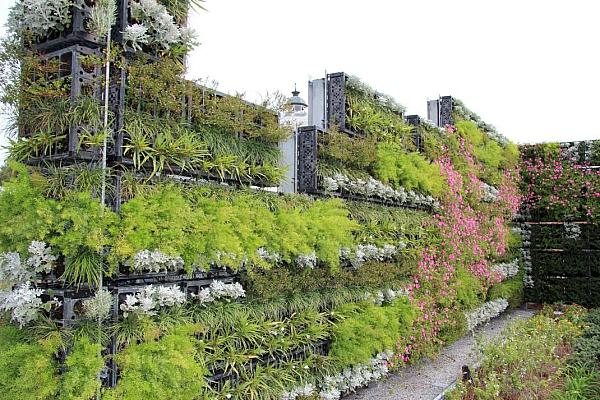Zinc & the Environment

Zinc, like all metals, is a natural component of the Earth's crust and an inherent part of our environment. Zinc is present not only in rock and soil, but also in the air, water, and the biosphere - plants, animals, and humans. Zinc makes up an estimated 0.004% of the Earth's crust and ranks 24th in order of abundance.
Zinc is constantly being transported by nature, a process called natural cycling. Rain, snow, ice, sun, and wind erode zinc-containing rocks and soil. Wind and water carry minute amounts of zinc to lakes, rivers, and the sea, where it collects as sediment or is transported further. Natural phenomena such as volcanic eruptions, forest fires, dust storms, and sea spray all contribute to the continuous cycling of zinc through nature.

During the course of evolution, all living organisms have adapted to the zinc in their environment and used it for specific metabolic processes. The amount of zinc present in the natural environment varies from place to place and from season to season. For example, the amount of zinc in the Earth's crust ranges between 10 and 300 mg/kg, and zinc in rivers varies from less than 10 µg/L to over 200 µg/L. Similarly, falling leaves in autumn lead to a seasonal increase in zinc levels in soil and water.

There has been some concern introducing additional zinc to the environment, through hot-dip galvanized steel elements and other sources, is detrimental to organisms in the surrounding area. However, as organisms are used to varying levels of zinc naturally, they are able to regulate the uptake of zinc through homeostasis. Though taking in excess zinc is possible, a number of studies have been done to show the small amounts of additional zinc from hot-dip galvanizing added to the environment over decades of service is not enough to harm any organisms or exceed criterion levels. This has been of particular concern where zinc enters water environments during storm events. The AGA has produced a white paper Hot-Dip Galvanized Steel's Contribution to Zinc Levels in the Soil Environment to address this misconception.
